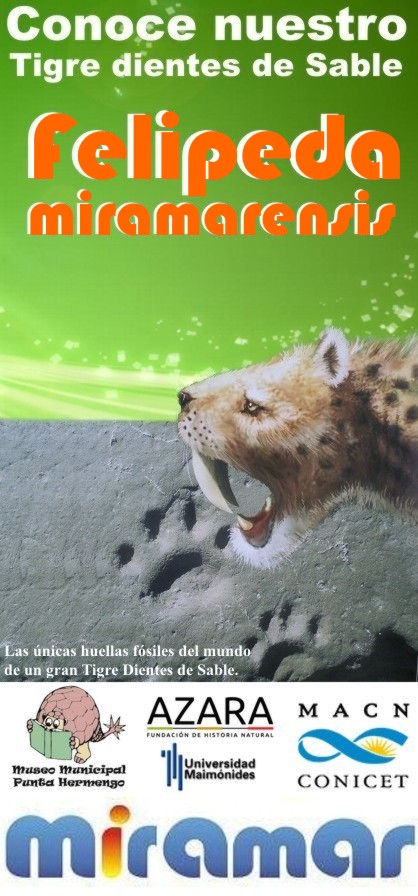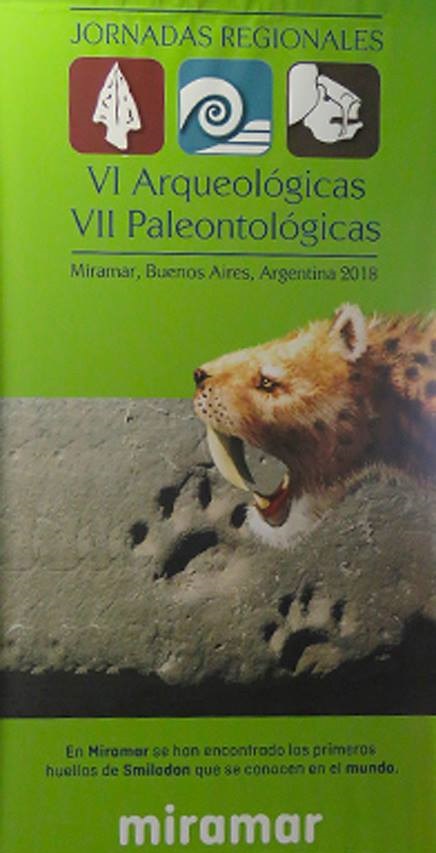A formal study of the tracks has yet to be published, but early reports state that the largest of the tracks measures 19.2 centimetres (0,6 feet) across. This is reportedly larger than pugmarks left behind by today's Bengal tigers, and far larger than those created by jaguars, which also lived in South America during the Ice Age.
From the sheer size of the paw prints and the age of the stone, researchers M. Magnussen and D. Boh concluded that the tracks must have been made by Smilodon populator. This southern species of the great sabercat could reach over 360 kilograms, more massive than any big cat alive today and significantly heftier than its relative Smilodon fatalis from the famous La Brea asphalt seeps in California.
Unless an animal literally dies in its tracks, it's difficult to confirm which species left behind a particular trace fossil. Palaeontologists call this the Cinderella Syndrome – trying to find the proper foot to match the correct print. That's why different track shapes often get their own names to help experts distinguish specific track types. In this case, the fact that South America's great sabercat is a dead ringer for the trackmaker has led Magnussen and Boh to suggest the title Smilodonichnum miramarensis – or "Smilodon footprint from Miramar" – for the fossil paw marks.
Up until now, no one has ever found Smilodon tracks, making this discovery the first of its kind anywhere in the world. But the tracks are much more than that. Each one represents a moment frozen in time: looking at the ancient impressions, it's easy to envisage a few fleeting seconds from the life of one of the fiercest predators the planet has ever seen. www.earthtouchnews.com






























